There are countless ways that you can approach leadership development. The linchpin for all development should be the completion of a formal Individual Development Plan (IDP). Studies have shown that having a formal, comprehensive development plan (as opposed to a series of improvised development assignments) is the most effective method of lasting development.
Use the IDP links and tools referenced to support this effort. For the sake of simplicity, we will discuss just a few key concepts to supplement the IDP process below.
The Role of HR
1. Implement action learning programs
Action learning leadership development programs are designed to develop core leadership skills that align with the company’s strategy (and culture) while making a measurable impact on the business in strategic areas that matter most.
An important element of action learning is the need for the individual involved in learning to be reflective. Being reflective means talking the time and energy to consider what worked, what did not work, and what needs improvement. It also requires leaders to think about their own assumptions to gain self-knowledge and to demonstrate understanding.
Use the 70-20-10 Development Assignment Form (a Catapult tool) as a way to allow individuals to sort through their development options. In addition, a formal Individual Development Plan is always recommended.
Well-designed action learning leadership development programs ensure that key conceptual, strategic, process, technical, industry, cultural, talent and leadership knowledge is discussed and shared frequently between participants.
2. Facilitate real-world problem solving
People who work on and solve real company problems learn faster, are more engaged, receive more support and impact the business. Effective action learning means selecting the right projects and the right project teams that can improve their leadership skills while moving the business forward.
This real-time approach to learning and problem solving brings theory to life and results to the bottom-line. To gauge your success on any action learning leadership development program, always strive to measure and move at least one of the following key metrics:
- Sales revenue, margin, win rate, portfolio mix, deal size, and sales cycle.
- Customer acquisition, loyalty, growth, and satisfaction.
- Leadership execution effectiveness of key corporate strategies.
- Employee attraction, development, performance, engagement and retention.
3. Utilize stretch and job rotation assignments
Key elements of a really good stretch assignment include taking on unfamiliar responsibilities, inherited problems, influencing without authority, and working across cultures.
Here are a couple of considerations when creating a stretch assignment:
- Make the assignment one where the candidate has the skills to perform ‘good enough’ but the assignment will also require them to develop new capabilities to in order to excel. There must have a real chance to be successful in the role.
- Push the individual to the edge of their comfort zone. If the person is too comfortable, then they won’t need to stretch to grow. If the assignment has too much stretch and pushes them far outside the comfort zone, learning is likely to be hit and miss.
Rotational assignments also help individuals to broaden their perspective and foster attainment of new skills and experiences. They are designed to expose employees to a wide range of cross-functional operations. Typically, these assignments are 4 to 6 months in duration.
In the rotational process, individuals move through a variety of assignments so that they can gain awareness about the actual working style of the organization and understand the challenges and opportunities involved with each role.
Rotational assignments also help to reduce the boredom caused by the repetitiveness of tasks and the daily grind. A fresh role may help revive their engagement levels and initiate a desire for further growth.
4. Take advantage of peer learning
Most often characterized as leaders learning from other leaders on the team in the same situation, peer learning can take many forms in successful action learning and leadership development programs. Common options include buddy systems, collaborative learning cells, project teams, simulations, targeted study groups, peer-assessment and feedback systems.
CAI has several peer learning groups comprised of a cross-section of members. These groups typically consist of HR leaders that are on a similar career level, allowing for a better shared experience.
5. Make use of 360-degree assessments
360-degree feedback is a method and a tool that provides each employee the opportunity to receive performance feedback from his or her supervisor and four to more peers, direct reports, coworkers and customers. Most 360-degree feedback tools include a self-assessment.
360-degree feedback allows each individual to understand how their effectiveness as an employee, coworker, or staff member is viewed by others. The feedback provides insight about the skills and behaviors desired in the organization to accomplish the mission, vision, and goals and live the values.
People who are chosen as raters, usually selections are determined by the organization with employee input. These are staff who generally interact routinely with the person receiving feedback.
The purpose of the 360-degree feedback is to assist each individual to understand his or her strengths and weaknesses, and to contribute insights into aspects of his or her work needing professional development. As an HR leader, your role may be to assist with:
- selecting the feedback tool and process
- selecting the participants and corresponding raters
- utilizing the feedback to facilitate further development
- reviewing the developmental feedback with key stakeholders (remember to use good judgement and respect the confidentiality of this information)
Benefits of the 360 Process:
More complete feedback
Provides well-rounded feedback from peers, direct reports, coworkers, and supervisors. This can be a definite improvement over feedback from a single individual. 360 feedback can also save managers’ time in that they can spend less energy providing feedback as more people participate in the process. Coworker perception is important and the process helps people understand how other employees view their work. It also helps to identify ‘blind spots’ and improves self-awareness.
Improved team development
Helps team members learn to work more effectively together. Multi-rater feedback makes team members more accountable to each other as they share the knowledge that they will provide input on each members’ performance. A well-planned process can also improve team development.
Personal and Organizational Performance Development
360-degree feedback is one of the best methods for understanding personal and organizational developmental needs. Multi-rater feedback can provide excellent information to an individual about what they need to do to enhance their career. Additionally, many employees feel 360-degree feedback is more accurate, more reflective of their performance, and more validating than prior feedback from the supervisor alone. This makes the information more useful for both career and personal development.
Training Needs Assessment
360-degree feedback provides comprehensive information about organization training needs and, as a result, allows for better planning for classes, cross-functional responsibilities, and cross-training.
Take it to the Next Level
Utilize leadership mentoring
Different from peer learning, leadership mentoring involves assigning experienced and typically more senior leaders to coach, support and provide advice to individuals and teams. This typically occurs during action learning projects. Mentoring relationships work well when the protégé and mentor can identify with one another. But this is not to say that mentors and protégés with different backgrounds cannot form effective relationships. The mentoring relationship may require both the mentor and your protégé to relate to each other outside your comfort zones.
What is a Mentor?
Mentoring is a mutually beneficial and rewarding relationship, usually between an experienced individual and a less seasoned protégé. It is a developmental, sharing, and helpful relationship where one person invests time, know-how, and effort in enhancing another person’s growth, knowledge, and skills. In simpler terms, mentoring is a process that links experienced persons (mentors) with those less experienced (protégés) in a paired relationship that benefits each. It is also a nurturing process.
Selecting a Mentor
As an HR leader, you can help play a key role in establishing a culture that fosters mentoring. In addition, you are likely to have a very good idea of which leaders would make good mentors. Finally, you have the ability to help ‘broker’ good protégé and mentor relationships. Utilize Catapult’s Mentor Checklist tool to help mentors prepare for mentoring success.
Benefits of Mentoring
Mentoring makes good business sense. Strong mentoring programs represent one of the most cost-effective ways of attracting the best and brightest. Mentoring can also help organizations to capitalizing on the increasingly diverse workforce and enhance collective corporate knowledge.
Mentoring helps develop great leaders and it helps those leaders develop leaders. It can assist in furthering the cause of workplace diversity, increase retention of talent, reduce turnover and enhance creative problem solving. Finally, as part of a company’s management development strategy, mentoring helps shape future leaders through continuous learning, personal development and career enhancement. Mentoring benefits are as follows:
| Protege | Mentor | Organization |
|---|---|---|
| Career advancement | Personal fulfillment | Development of managers |
| Personal support | Assistance on projects | Increased commitment from both |
| Learning and development | Financial rewards | Cost effectiveness |
| Increased confidence | Increased confidence | Improved organizational communication |
| Assistance and feedback | Revitalized interest in work | Change management |
| New ideas | New ideas | Leadership development |
Wrap-up
Companies can avoid the most common mistakes in leadership development and increase the odds of success by matching specific leadership skills and traits to the context at hand, embedding leadership development in real work, and monitoring the impact so as to make improvements over time.
Leadership training done in a vacuum, outside of real-world context is likely to have marginal long-term value. Finally, measure the results of your leadership development initiatives by evaluating their real-world business impact.
Reviewed for NC/SC law only.
Click on the button link below to download this Leadership Development Guide.

